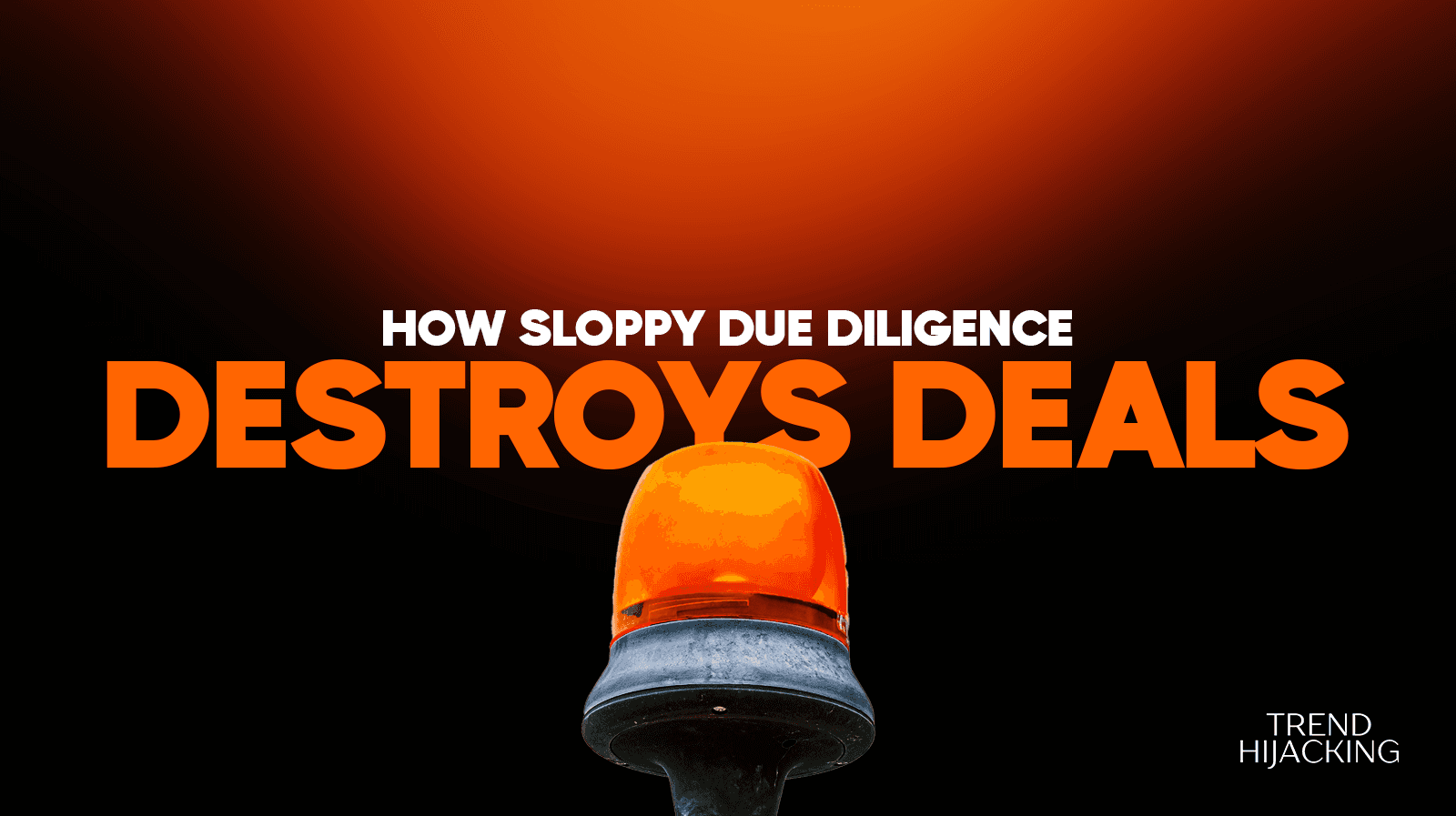The True ROI of Buying An E-commerce Business Revealed
What Does ROI Really Mean in E-Commerce Acquisitions?

ROI stands for return on investment. It shows you how much profit you make as a percentage of your total investment.
For example, if you spend $200,000 to buy an e-commerce business and it earns $50,000 per year in net profit, your ROI is 25%.
In other words, you get back 25 cents for every dollar you put in, each year.
When you buy an existing e-commerce business, you’re not just buying a website. You’re buying its brand, its product line, its customer base, and its cash flow.
ROI helps you figure out how well that business is using its assets to generate profit.
And more importantly, it gives you a clear picture of how long it will take you to earn back what you spent.
Most buyers look at ROI over a one-year period, but some also consider longer or shorter terms depending on their goals.
If you’re planning to grow your newly acquired ecommerce business and sell it again in three years, then focusing on how your ROI compounds over time is crucial!
We Help You Buy / Build, Manage and Scale E-commerce Brands for an EXIT
E-commerce Simplified for Busy Individuals – We handle the buying, building, and scaling, so you can focus on what matters.
Growth-Focused Strategies – From sourcing to marketing, we drive growth and prepare you for a profitable exit.
Expertly Managed Exits – We build a high-value brand designed for a Lucrative exit.
How Do You Calculate ROI for An Acquired E-Commerce Business?

The basic formula for calculating ROI for an acquired ecommerce brand is as simple as:
ROI = (Net Profit / Total Investment) × 100
Don’t get it?
Let’s walk through an example…
Say you’re buying a Shopify store that sells pet accessories.
The asking price is $150,000.
The store makes $60,000 a year in net profit.
There are no major debts.
And you don’t need to invest much right away to keep it running.
In this case, your ROI would be:
($60,000 / $150,000) × 100 = 40%
That’s a STRONG return!
But in real-life deals, your total investment might be more than just the purchase price. You might need to:
Spend on marketing to maintain sales
Hire a virtual assistant or customer support
Pay for new inventory (if applicable)
Cover working capital
Let’s say those extra costs sum up to $25,000 in the first year. Now your total investment will become $175,000.
And in this case, your real ROI will be:
($60,000 / $175,000) × 100 = 34.3%
That’s still a good return, right? But take note of how fast your ROI can shift once you factor in the full picture.
What’s Considered A Good ROI In Buying An E-Commerce Store?

ROI expectations tend to vary depending on how risky the investment is and how much time it takes to manage the business.
For most online businesses, a 20% to 40% annual ROI is considered strong.
According to Empire Flippers, a leading online business marketplace, e-commerce businesses usually sell for 2.5x to 4x their annual net profit.
This means if a business earns $100,000 a year, it might sell for between $250,000 and $400,000.
In ROI terms, this works out to 25% to 40% annually.
Lower-multiple deals tend to involve more risk or more work. Higher-multiple deals are usually more stable and easier to run.
If you find a business priced at a 1.5x multiple, that’s a 66% ROI. But it may come with weak operations or unstable traffic.
On the other hand, a 4x deal may offer you only a 25% ROI, but the business may be easier to manage and have a more loyal customer base.
The secret here is to balance expected ROI with how much work and risk you’re willing to take on.
What Affects ROI After You Buy An E-commerce Store?

It’s easy to calculate ROI based on an e-commerce business’s past financials. But what really matters is what happens after you take over.
Many factors can affect your actual ROI, including:
Revenue trends: Are sales going up, down, or staying flat? If the previous owner was running paid ads and hasn’t refreshed the creatives in a while, your revenue could drop quickly after purchase.
Profit margins: Some e-commerce stores rely heavily on discounting or free shipping. If margins are thin, you’ll need to manage costs tightly to maintain profit.
Owner workload: If the current owner works long hours a week and you don’t have that time, you’ll need to hire help. That reduces your net profit and your ROI.
Platform risk: If most sales come from one channel, like Amazon or Facebook ads, changes to that platform can affect your ROI. For example, in 2024, Meta's ad costs rose over 20% year-over-year (according to Insider Intelligence). That kind of spike can hit profit hard if you rely too much on paid traffic.
Supply chain: If you’re dropshipping or using overseas suppliers, delays or rising costs can eat into margins. With more customers expecting fast delivery, a weak supply chain can lead to returns and bad reviews.
Growth strategy: If you buy a business with room to grow, your ROI could increase each year. You might add new products, test SEO, or expand to other channels like Walmart or TikTok Shop.
From these factors, it’s crystal clear that ROI is NOT a fixed number. Rather, you’d want to view it as a moving target shaped by how you manage the business.
How Do You Improve ROI After Acquisition Of An E-commerce Business?

Once you buy the e-commerce business, you can take certain steps to improve your return.
Below, we share KEY steps that you can implement post-acquisition:
Tip #1. Focus on cutting costs without hurting sales: This could mean using cheaper email marketing tools, negotiating better rates with suppliers, or trimming paid ad spend where it's underperforming.
Tip #2. Look for quick tweaks that boost conversion rates: Adding trust badges, improving product pages, or speeding up your site can lift revenue without much cost.
Tip #3. Try upsells and bundles to raise average order value: For example, if you sell skincare products, offer a discounted bundle of three products instead of one.
Tip #4. Test new traffic sources: Relying on just one channel is risky—you don’t want to have all your eggs in a single basket (you know how that goes). Building organic traffic through SEO or influencer partnerships can reduce your paid ad costs over time.
The better you run your newly acquired business, the more you can increase your profits. This raises your ROI and your potential resale value down the road.
We Help You Buy / Build, Manage and Scale E-commerce Brands for an EXIT
E-commerce Simplified for Busy Individuals – We handle the buying, building, and scaling, so you can focus on what matters.
Growth-Focused Strategies – From sourcing to marketing, we drive growth and prepare you for a profitable exit.
Expertly Managed Exits – We build a high-value brand designed for a Lucrative exit.
Conclusion
Buying an e-commerce business can give you good returns, but research is key before closing a deal. ROI shows you how fast you’ll earn back your investment and yearly profit. Typical ROI ranges from 20% to 40%, based on price, model, and upkeep costs. Real ROI depends on your ability to run your business well post-acquisition. Check key factors traffic, margins, workload, and growth potential, to help you get even better clarity regarding the ROI.
If you’re ready to acquire an e-commerce business with a stronger ROI, we can help you. Through our Acquisition Partnership Program, we help you find and secure the right store, aggressively scale it to 2-4x after purchase, and ultimately position it for a premium sale price when you’re ready to exit. Want to know more? Visit our Acquisition Partnership Program and let’s connect.
A Done-For-You E-commerce Business
Discover how we Build, Launch, and Scale a 6-figure/month Business for You
Learn more
The 6-Step Blueprint to E-Commerce Acquisition
See how we Acquire, Convert, and Scale with Real Case Studies to Prove It.





















